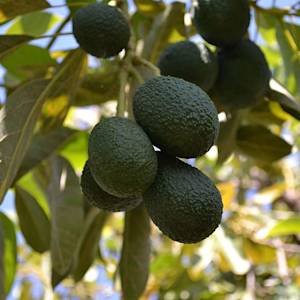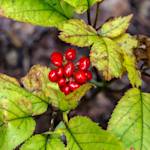Giant Cane, Arundinaria gigantea
Mid to Late 19th Century • South Eastern United States
"There are extensive Cane brakes or Cane meadows spread abroad round about, which afford the most acceptable and nourishing food for cattle" - William Bartram, 1791 Arundinaria gigantea (Giant Cane) is the only bamboo genus native to North America, that used to line the rivers in the South (and even as far north as New Jersey). The towering cane brakes were home for passenger pigeons and Carolina parakeets, amongst many other animals, and the abundant plant provided southeastern Native Americans with material for tools, structures, baskets, instruments, and food in the form of the young shoots and seeds. Despite its abundance and utility, by the end of the 19th century, the bamboo was virtually extinct due to overgrazing, changing fire regimens, and the agricultural development of flood plains. Remnant fields now represent roughly two per cent of its former expanse.
Bartram, W., 1791. Travels through North & South Carolina, Georgia, East & West Florida, the Cherokee country, the extensive territories of the Muscogulges, or Creek confederacy, and the country of the Chactaws. Philadelphia: Printed by James & Johnson. Platt, Steven G., et al. “Native American Ethnobotany of Cane (Arundinaria Spp.) in the Southeastern United States: A Review.” Castanea, vol. 74, no. 3, 2009, pp. 271–85. Crossref, doi:10.2179/08-023r2.1.
Audubon captured the Giant Cane in his drawing of the Wild Turkey. Wild Turkey, 1827 and 1838, Plate 1 of Birds of America by John James Audubon (Public Domain via Wikipedia Commons)


Learn about Maya Lin’s fifth and final memorial: a multi-platform science based artwork that presents an ecological history of our world - past, present, and future.

Discover ecological histories and stories of former abundance, loss, and recovery on the map of memory.

Learn how we can reduce our emissions and protect and restore species and habitats – around the world.

See how art can help us rethink the problems we face, and give us hope that each one of us can make a difference.

Help make a global memorial something personal and close to home. Share your stories of the natural world.


